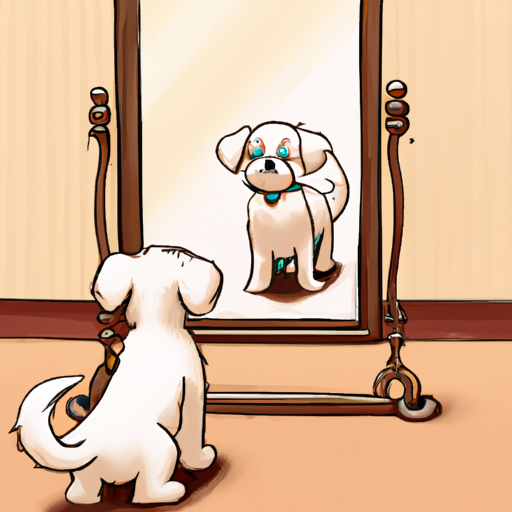As a dog caregiver, one question that might often cross your mind is, “at what age does a dog stop growing?” This question is important because knowing the answer can help you prepare for all the changes that your furry friend will undergo as they mature. In this article, we will delve into this question in depth, giving you insights into different factors that affect a dog’s growth and various stages of their development.
Understanding a Dog’s Life Stages
Just like humans, dogs pass through different stages of growth and development. Each stage comes with its own changes in size, behavior, and dietary requirements. Here’s a brief rundown:
- Puppyhood – This is the first stage of a dog’s life, which lasts until they are about 6 months old.
- Adolescence – This stage starts from six months and ends when the dog reaches maturity.
- Adulthood – This is when your dog has stopped growing and is now fully developed.
- Senior – This stage begins when your dog starts showing signs of aging.
Factors that Affect a Dog’s Growth
Several factors affect how and when a dog stops growing. These factors include:
- Breed – Larger breeds typically take longer to reach full maturity compared to smaller breeds.
- Nutrition – A dog’s diet plays a critical role in their growth and development.
- Genetics – Just like in humans, a dog’s genetic makeup can influence their growth rate and the age they stop growing.
Growth Patterns in Small Breeds
Small dog breeds tend to grow quickly and can reach their adult size as early as 6 to 8 months. Breeds in this category include Chihuahuas, Shih Tzus, and Pomeranians, among others.
Growth Patterns in Medium Breeds
Medium-sized breeds, such as Border Collies and Bulldogs, usually stop growing by the time they are 12 to 15 months old.
Growth Patterns in Large Breeds
Large dog breeds, such as German Shepherds and Labradors, typically finish growing between the ages of 18 months and 2 years. However, some giant breeds like Saint Bernards and Great Danes might not reach their full size until they are 2-3 years old.
How to Tell If Your Dog Has Stopped Growing
Determining whether your dog has stopped growing can be a bit tricky, especially if you don’t know their exact age. However, there are a few signs that might indicate they’ve reached their full size:
- Their growth has slowed or stopped – If your dog’s size hasn’t changed in a few months, it’s likely they’ve stopped growing.
- Their teeth – By the time a dog is about seven months old, they should have a full set of adult teeth. If your dog has their adult teeth, it’s a good sign they’ve stopped growing.
- Their behavior – If your dog’s behavior has become more mature and less puppy-like, they might have reached their adult size.
Frequently Asked Questions
When do small dog breeds stop growing?
Small dog breeds usually stop growing between 6 to 8 months of age.
When do medium dog breeds stop growing?
Medium-sized dogs typically reach their full size between 12 to 15 months.
When do large dog breeds stop growing?
Large dog breeds usually stop growing between 18 months to 2 years. Giant breeds may grow until they are 2-3 years old.
How can I tell if my dog has stopped growing?
You can tell if your dog has stopped growing if their size doesn’t change for several months, they have a full set of adult teeth, and their behavior becomes more mature.
Remember, each dog is unique and might not follow the exact timeline mentioned above. Regular vet check-ups are crucial to monitor your dog’s growth and ensure they are developing healthily.



